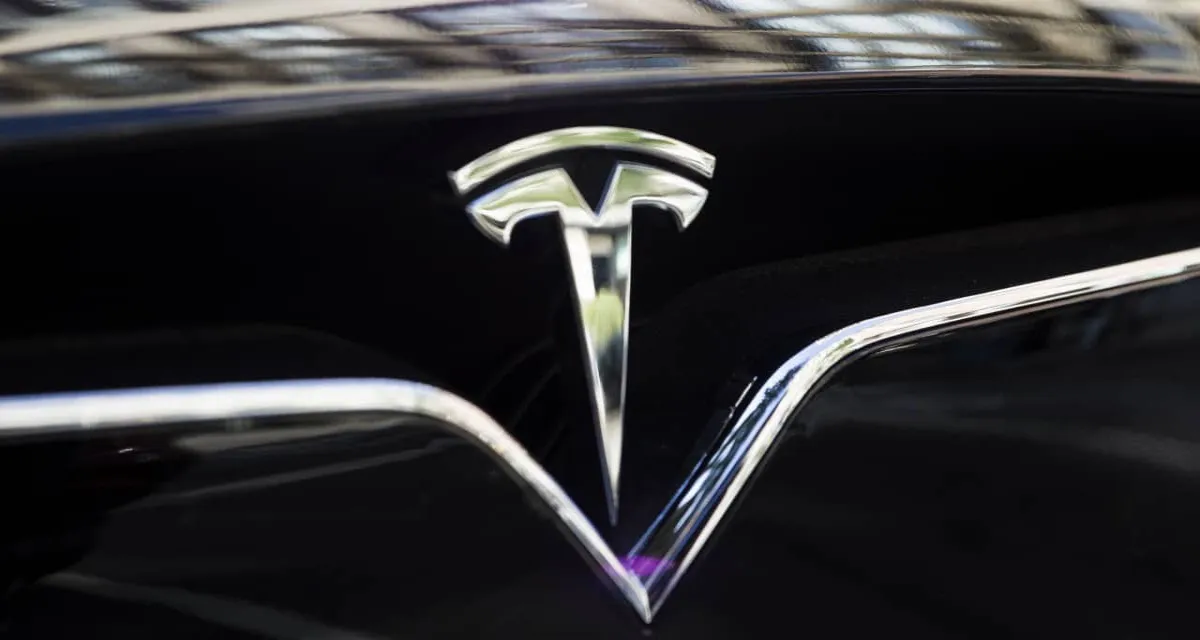

The transition towards a greener and more sustainable environment is on the boom. The impact can also be observed in the automotive industry. India unveiled a new electric vehicle policy on Friday that would offer incentives to foreign electric vehicle manufacturers, such as the US-based Tesla and the Vietnamese automaker Vinfast, to enter India's developing electric vehicle market. India has changed its policy to reduce import taxes on some electric vehicles to companies who promise to invest at least $500 million and establish a local manufacturing facility within three years.
According to a government press release on Friday, companies will have three years to establish local manufacturing for EVs with at least 25% of components sourced domestically and must invest a minimum of $500 million in the nation. Companies that fulfill these conditions will be able to import 8,000 electric vehicles annually at a 15% import duty on vehicles that cost $35,000 or more. Currently, imported cars are subject to taxes in India ranging from 70% to 100%, depending on their value. In addition, they must start local production by the end of that period and guarantee 50% domestic value addition (DVA) in the cars made here, rising to 50% by the end of the five years. The Ministry of Heavy Industries (MHI) will oversee the scheme's administration.
Tesla has a strong desire to join the Indian market. With this in mind, the company planned to establish a local production plant in the nation to produce an entirely new EV model that would cost about $24,000—much less than the current model. This is a calculated move made to position Tesla to take advantage of India as a production base for exports, in addition to the Indian consumer.
Although it would relocate its manufacturing and battery plant over the next few years, Tesla is anticipated to import its electric vehicles (EVs) into India through Shanghai, China, according to a note published by BofA analysts late last year. Additionally, it is anticipated that the company will introduce a model that is less expensive than its entry-level model in China, where Tesla sells vehicles for between $32,000 and $33,000, to compete with established brands like Tata Motors and Hyundai and appeal to Indian consumers.
When combined with a dominant share and a projected 30–40% EV shift, Tesla would, net-net, be relevant for the top 20–25% of the PV market at first, producing 100–200K volumes. Therefore, it will probably take Tesla a while to achieve scale volumes at this price point in India for its intended 500K pa capacity, according to the BofA analysts. India's average car price is less than $10,000, and 70% of cars sold there are priced under $15,000. This is in contrast to the United States and other major automobile markets. Thus, the analysts speculated that Tesla might use India as a manufacturing base to export its cars to Southeast Asia.
"Vinfast, though, will need to choose the appropriate model to introduce to India because it has models in its global portfolio that fall into the luxury or under $35,000 price range, which may not be feasible for an Indian dealer distribution network," he continued.
According to other individuals with knowledge of the government's intentions, the program will not apply to current original equipment manufacturers (OEMs) such as Hyundai, Kia, BYD, or MG Motor India, or European OEMs Mercedes Benz and BMW unless they commit to investing a minimum of $500 million in new assembly operations, facilities for manufacturing batteries or cells, or the construction of charging infrastructure within the next three years.
The scheme's detailed guidelines have not yet been made public. To qualify for the program, the applying company must also fulfil a minimum global turnover requirement.
There won't be any negative effects on domestic automakers from the high price point cut-off. Only early adopters and wealthy purchasers will be able to purchase these cars, with a yearly maximum cap of 8,000 units. A $35,000 EV will still cost more than ₹40 lakh at retail, where the market is already very small, even with the lower subsidy, a senior executive who asked to remain anonymous stated.
But he also said, "The entry of an OEM like Tesla will also bring greater competitiveness in the industry. The move will send a strong signal of confidence down the entire ecosystem."
"With requirements of bank guarantees, minimum investment commitment, and local value addition, the recently announced EV policy for new entrants reinforces the Made in India momentum," a Mahindra & Mahindra spokesperson stated. This will facilitate India's EV ecosystem's acceleration. We plan to release our Born Electric SUVs with cutting-edge technology in January 2025. Our goods will be able to speak for themselves.
Vinod Aggarwal, president of SIAM, commented on the new EV passenger vehicle manufacturing program, saying that the government has adopted a comprehensive approach that is in the best interests of the nation. The SIAM members and the Indian automotive industry will adjust to the new policy and continue to be dedicated to introducing new, inventive, and ambitious products as well as working to build a strong EV ecosystem in India."
Although the Indian government wants to draw in foreign electric vehicle (EV) companies by lowering import taxes, the nation is predominantly a two-wheeler market. Additionally, it has domestic automakers Mahindra & Mahindra and Tata Motors, which frequently make an effort to stop foreign companies from growing in the nation.
Also Read: What is a Cybertruck and why is Tesla’s cybertruck a new trend